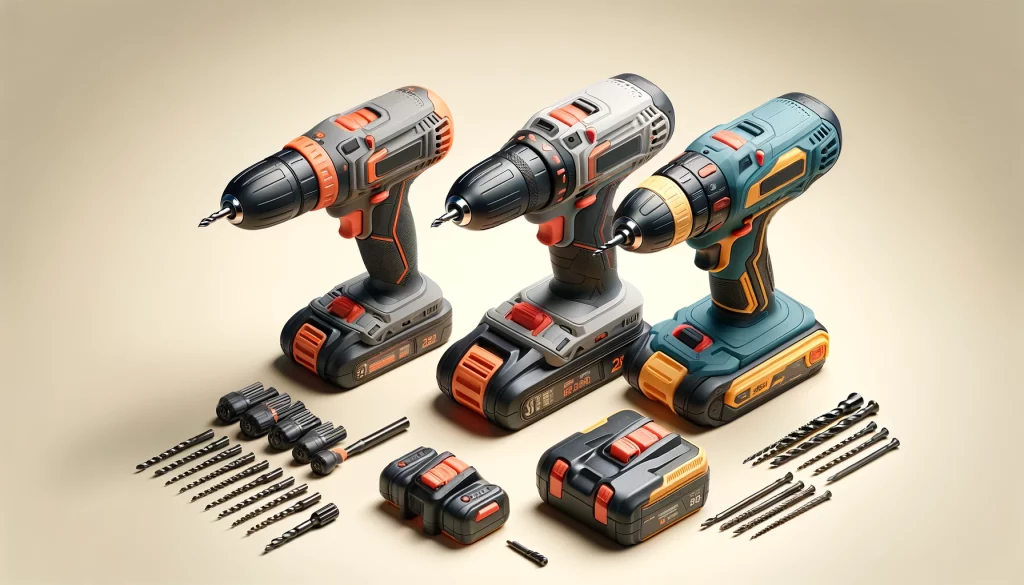By implementing a strategic product stack, merchants can dramatically improve their conversions and AOV.
Beginners may confuse the concept of product bundling with building a strategic product stack. And although they are related, a product stack isn’t just a collection of individual products. It’s a strategic array of complementary items designed to maximize customer value and usability. Let’s illustrate this using a simple example, a drill with a single set of bits, and see how we can expand it into a comprehensive and appealing product stack.
Core Product Specialization
Our journey begins with a basic drill, a tool found in nearly every professional toolkit. However, the magic lies in specialization. By introducing specialized drill bits for different materials – wood, metal, concrete, or glass – the versatility of the drill skyrockets. Such specialization addresses diverse user needs, making it an indispensable tool for many projects.
Accessories and Enhancements
Beyond the bits, the potential for accessories is vast. Consider angle guides for precision drilling, bit sharpeners to prolong their life, or extenders for those hard-to-reach spots. But why stop there? Enhancements like improved battery packs for cordless drills or ergonomic handles can transform the drilling experience. These thoughtful additions add value and demonstrate a commitment to customer satisfaction and product innovation.
Complementary Products
Expanding the product line to include complementary tools like power saws, sanders, grinders, and planers can create a complete toolkit that caters to various aspects of construction and DIY projects. The key is ensuring these tools share standard features, such as battery compatibility or design aesthetics, reinforcing brand identity and user convenience.
Storage Solutions
The heavy-duty carrying case initially mentioned could be part of a broader range of storage solutions. From modular toolboxes to wall-mounted racks or portable workstations, practical storage solutions keep tools organized, protected, and readily accessible. This enhances the product stack and solves a common pain point for many users.
Service and Maintenance
A product stack could also include maintenance products. Offering lubricants, cleaning agents, and replacement parts extends the life of the tools and demonstrates a commitment to quality and longevity.
Digital Integration
Incorporating digital solutions like a tool selection app or DIY tutorials can modernize the product stack. This digital layer meets customers in their increasingly online world, offering convenience and practical information at their fingertips.
Building a product stack is more than just bundling products together; it’s about creating a cohesive, comprehensive solution that resonates with customer needs and lifestyles. In our journey from a simple drill to a robust product stack, we’ve seen how adding functionality, convenience, and personalization layers can transform a single product into a powerhouse of value. A well-crafted product stack is a pathway to market leadership and customer loyalty.

